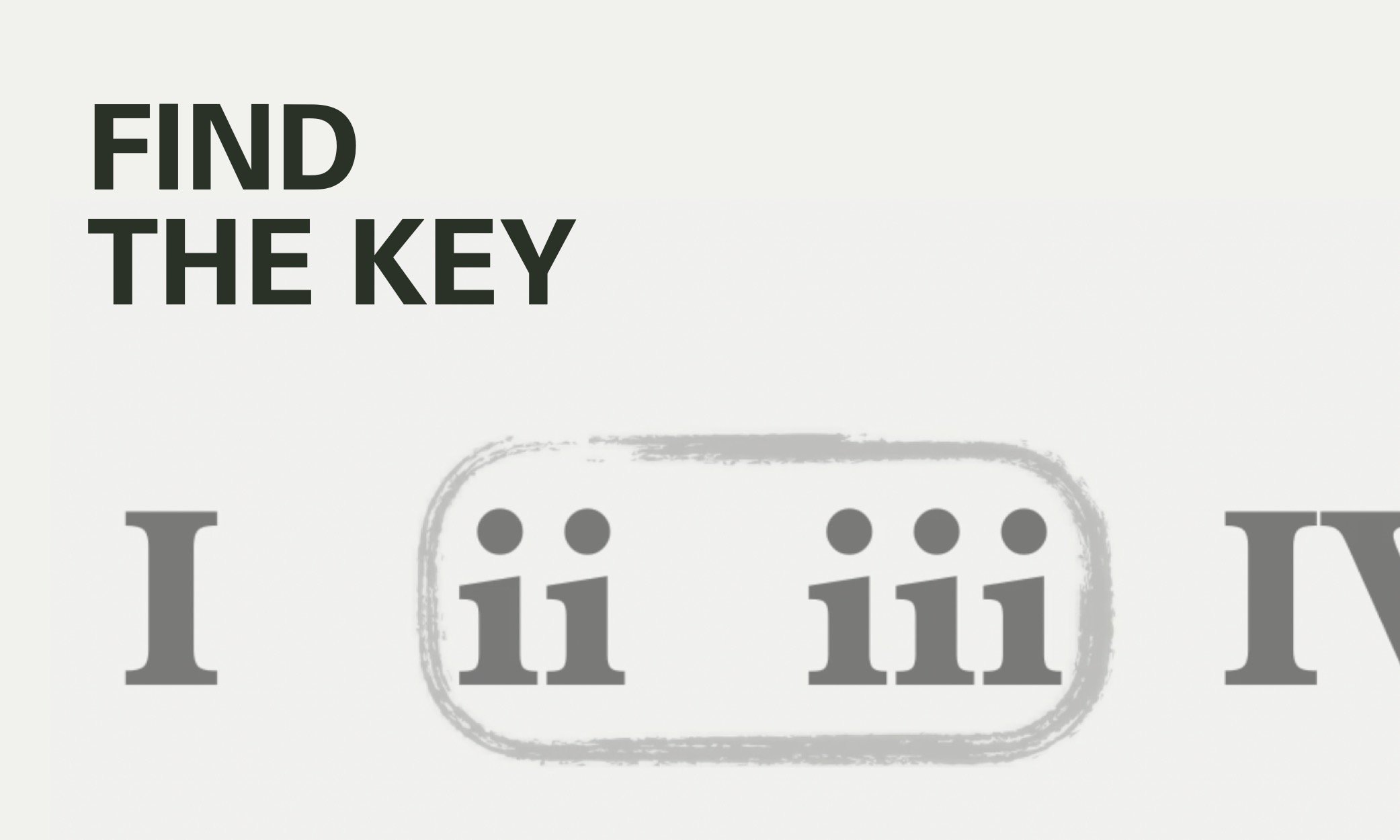Harmonic Rhythm
HARMONIC RHYTHM
Harmonic rhythm is the rate that chords change in a progression. It helps differentiate parts of a song and can create excitement with basic chords.
Chord changes usually occur on the beat in quarter, half, dotted half, and whole note values with a simple repetition pattern throughout the phrase.
Quicker chord changes add a sense of momentum creating a feeling of arrival on longer held chords.
A chord change between the beat has more rhythmic importance and often comes with a hit.
A hit is a figure that two or more rhythm section instruments play at the same time. Hits can have more impact if they are separated by rests.
Different ways of changing the harmonic rhythm with the same chord progression in a four measure phrase are shown below.
# of Chords
One Chord per measure
The chords start on the first beat of every measure. This simple harmonic rhythm has been used in countless pop songs.
Two Chords Per Measure
The value of each chord has been cut in half creating more motion.
One + Two Chords Per Measure
Using a combination of two, four, and six beat chords adds variety and creates unpredictability.
Variations
one + two chords per measure Variation
This is a variation using a combination of longer and shorter chords. You can surprise the listener by changing the harmonic rhythm at the end of the phrase.
View Full Screen →
One Beat Chord Changes
Changing the chord in one beat creates momentum. The one beat chord acts as a passing chord giving importance to the chords that follow.
Multiple one beat chords
Stringing one beat chords together creates a sense of arrival when a longer chord is reached.
Hits
Eight Note Hits
Placing a chord change between the beat generates rhythmic impact. This links the rhythm of the chordal instruments to the rate in which the chords change.
View Full Screen →
Sixteenth Note Hits
Placing a chord change between the beat generates rhythmic impact. This links the rhythm of the chordal instruments to the rate in which the chords change.
View Full Screen →
MORE RESOURCES



